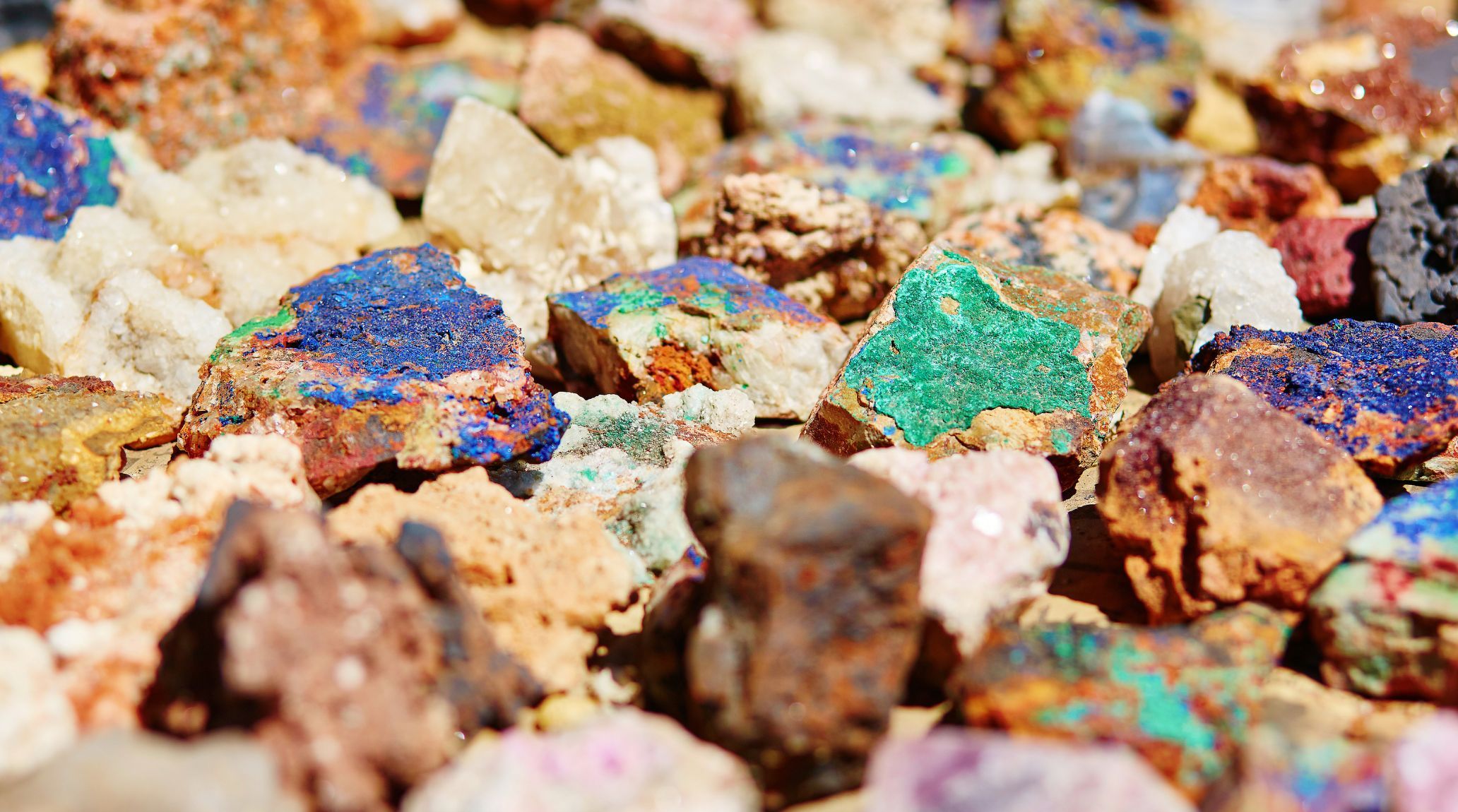
Discover 20 fascinating mineral facts and uncover these natural wonders' marvels. Minerals offer a fascinating glimpse into Earth's geological processes, diverse properties, and vitaEarth in our daily lives. From their formation and unique characteristics to their practical uses and historical significance, minerals shape much more than our planet. This exploration of 20 Fascinating Facts About Minerals" "reveals their astonishing diversity and importance, showcasing why these elements are central to science and everyday life. Whether you're a geology enthusiast or just curious, these facts will deepen your appreciation for these remarkable substances. 1
A mineral is a naturally occurring, solid substance with a defined chemical formula, usually inorganic, and possessing a crystal structure. These fundamental characteristics distinguish minerals from other naturally occurring substances.2
There are over 5,300 known mineral species, with more than 5,070 officially recognized by the International Mineralogical Association (IMA). However, only around 100 minerals are commonly encountered in everyday life. 3
Minerals form through various geological processes, such as magma cooling and crystallization, seawater evaporation, rock weathering, and chemical precipitation from water. These processes contribute to the diverse range of mineral formations.4
The hardest mineral on Earth is diamond, a carbon-based mineral formed under extreme pressure and temperature conditions. Its unparalleled hardness makes it the hardest known natural material. 5

Quartz is the most common mineral found on Earth. Its widespread presence in various geological environments makes it a significant component of many rocks and minerals.
Minerals and rocks are not the same. A rock may be composed of one or more minerals, or it might not contain minerals at all. Understanding this distinction is crucial in geology. 6
Talc is the softest mineral on Earth, and it is used in products like cosmetics and baby powder. Its softness is due to its layered crystal structure, which makes it easily scratched. 7
Minerals have diverse industrial and commercial uses. Metals like iron, aluminum, and copper are extracted from minerals, and minerals are also essential in making fertilizers, ceramics, and various other materials.8
Minerals are categorized based on their color properties: idiochromatic (self-colored), allochromatic (other-colored due to impurities), and pseudochromatic (false-colored due to light diffraction). Each type has unique color characteristics. 9

Some minerals change color depending on the light angle. Color-changing gems display different hues under varying light sources. For instance, Zultanite can show multiple colors, unlike Alexandrite, which primarily shifts between two colors.
Minerals display a wide range of colors due to various chemical elements. Iron imparts a reddish hue, while copper adds a greenish tint. These color variations are a result of different elemental compositions in minerals.10
Certain minerals, such as amethyst and quartz, are believed to have healing properties. They are used in alternative therapies like crystal healing and meditation, offering purported benefits for physical and mental well-being. 11
Gemstones are highly valued minerals known for their beauty, rarity, and durability. Diamonds, rubies, emeralds, and sapphires are prime examples, prized for their aesthetic appeal and use in fine jewelry. 12
Minerals like mica and titanium dioxide are vital ingredients in cosmetics. They provide color, texture, and sun protection in foundation, eyeshadow, and sunscreen, enhancing their functionality and effectiveness. 13
Copper, gold, and silver are critical for electronic devices. These minerals conduct electricity and transmit signals, making them indispensable in computers, smartphones, and other electronic gadgets. 14
Volcanic eruptions can lead to the formation of new minerals. The high temperatures and pressures during volcanic activity create favorable conditions for the growth and development of various minerals. 15
Certain minerals, such as magnetite, have natural magnetic properties. These minerals are utilized in compasses and magnetic recording devices, leveraging their magnetic traits for practical applications. 16
Minerals can also be found in meteorites that fall to Earth. These extraterrestrial minerals provide valuable insights into the composition of other celestial bodies and the early solar system. 17
Lead, found in minerals like galena, is highly toxic. Ingestion or contact can cause severe health issues, including neurological damage, especially for children and pets. Other minerals, such as arsenic and mercury, are also hazardous. 18
The study of minerals is known as mineralogy. This field explores minerals' composition, properties, and classification, contributing to our understanding of Earth's materials and processes. 19


